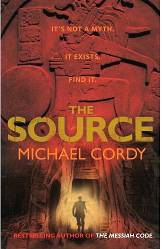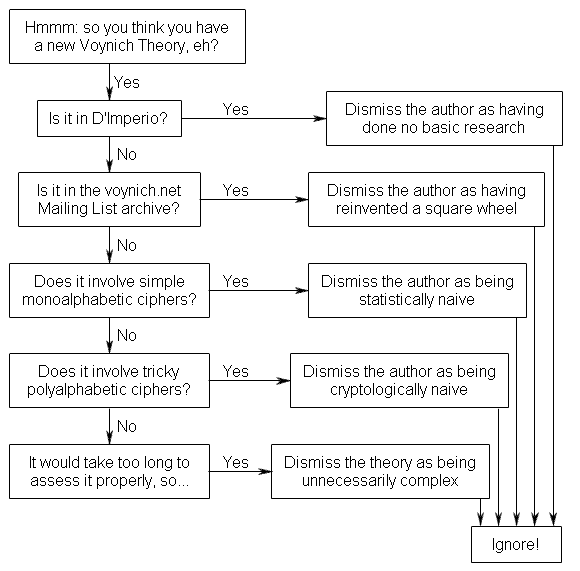People don’t generally know a lot about Tycho Brahe, which is a shame. In most accounts of the history of astronomy, his bright star tends to get eclipsed by the twin 17th century supernovae of Kepler and Galileo. But scratch the surface of the story, and it’s really not that simple…
Brahe was a Danish nobleman with a singleminded desire – to understand why the motions of the planets in the heavens failed to match what the best astronomical tables (based both on Ptolemaic and Copernican systems) predicted. Somehow, he engineered an arrangement by which King Frederick II granted him the island of Hven to pursue his astronomical studies for the glory of Denmark: yet what Brahe set up there was as much a social institution (like a postgraduate research community) as a technical observatory – to get the job done, he needed people just as much as equipment.
In fact, Tycho tried to get all the brightest young astronomers of the time to work on his island (for peanuts, it has to be said, but that’s research for you), and to correspond with everyone who was anyone in astronomy. Even so, things didn’t always work out as planned, most notably with Ursus (though I believe the question of whether Ursus was as big a scoundrel and weasel as Brahe tried to make out is far more open than most historians credit).
Methodologically, Brahe’s biographers and historians have tended to focus on the man and his writings: yet until recently none specifically focused on his ever-changing familia (family) of research assistants that passed through Hven. John Robert Christanson’s book “On Tycho’s Island: Tycho Brahe and His Assistants 1570-1601” (Cambridge University Press, 2000) changed all that: what started out (quite literally) as Christianson’s shoe-box of notecards to pull together the numerous fragmentary mentions of Brahe’s coworkers slowly grew into a database, and then (25 years on) into the present book.
But there’s a problem: however interested you are in the subject, after a while the database-like origins of the book – in the infinitessimal ebbs and flows of the set of assistants – start to grate on the reader. And let’s face it, what Brahe was running was as much a kind of “observation factory” as anything else, turning (taking a Marxist-Leninist spin) a input stream of idealistic researchers into a output stream of data. After around 150 pages of on-island minutiae, you start to wonder: where is this all going? How much more can I take?
And then on page 171, Christianson’s book explodes in a direction you simply won’t (unless you’re extraordinarily well-read on Brahe’s life) have seen coming. Brahe tries to marry off his eldest morganatic daughter (“morganatic” means that when a nobleman marries a commoner, his children won’t inherit his nobility or money) to Gellius Sascerides, a clever (but church-mouse poor) member of his familia. And then everything – and I mean everything – starts to go wrong for Brahe (and at some speed), to the point that he ends up dismantling his beloved observatory and fleeing the country. Thanks to his Europe-wide network of contacts (particularly Tadeas Hajek), he finally ended up working for Holy Roman Emperor Rudolf II in Prague (though only briefly) – but even so, Brahe’s swings in fortune are really quite staggering.
It’s only once you reach the end of the book that you can appreciate what happened in terms of his two familiae. Given that neither his morganatic children nor his set of researchers and coworkers seemed likely to him to give him the continuing legacy he desired, what was Brahe to do? He tried to finesse a best-of-both-worlds scenario, but the attempted union of his morganatic family and his (almost adoptive) intellectual family was simply never going to work within his societal context. It is only really a proper appreciation for his constellation of assistants on Hven that gives his whole story poignancy.
Writing teachers often say that the beginning of a story is rarely the best place to start: and so many writers would start “Brahe: The Novel” with the attempted negotiations for the wedding (and bring in all the preceding history in flashbacks etc), because this is where the wedding train (sorry!) starts to come off the rails – and where oh-so-controlling Brahe begins to lose the plot. Yet what Christianson has produced is rather more valuable than a novel: a rich, dense, vividly-detailed historical stage upon which the reader can imagine and construct their own dramas.
Overall verdict: Highly Recommended (but don’t give up in the middle!)
 I’ve had a nice email from Chris Harris, whose upcoming Voynich Manuscript-themed novel “Mappamundi” (which I mentioned here in June) is due for publication on 29th January 2009. Published by Dedalus, it’s a non-Byzantine sequel to his earlier Byzantine trilogy (if that makes sense): a teeny weeny version of the cover is on the right here.
I’ve had a nice email from Chris Harris, whose upcoming Voynich Manuscript-themed novel “Mappamundi” (which I mentioned here in June) is due for publication on 29th January 2009. Published by Dedalus, it’s a non-Byzantine sequel to his earlier Byzantine trilogy (if that makes sense): a teeny weeny version of the cover is on the right here.
